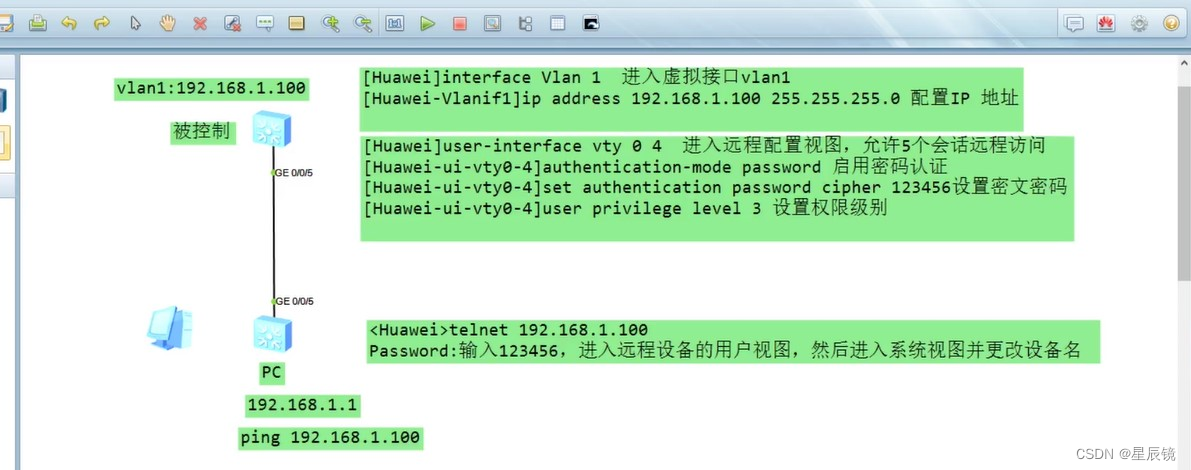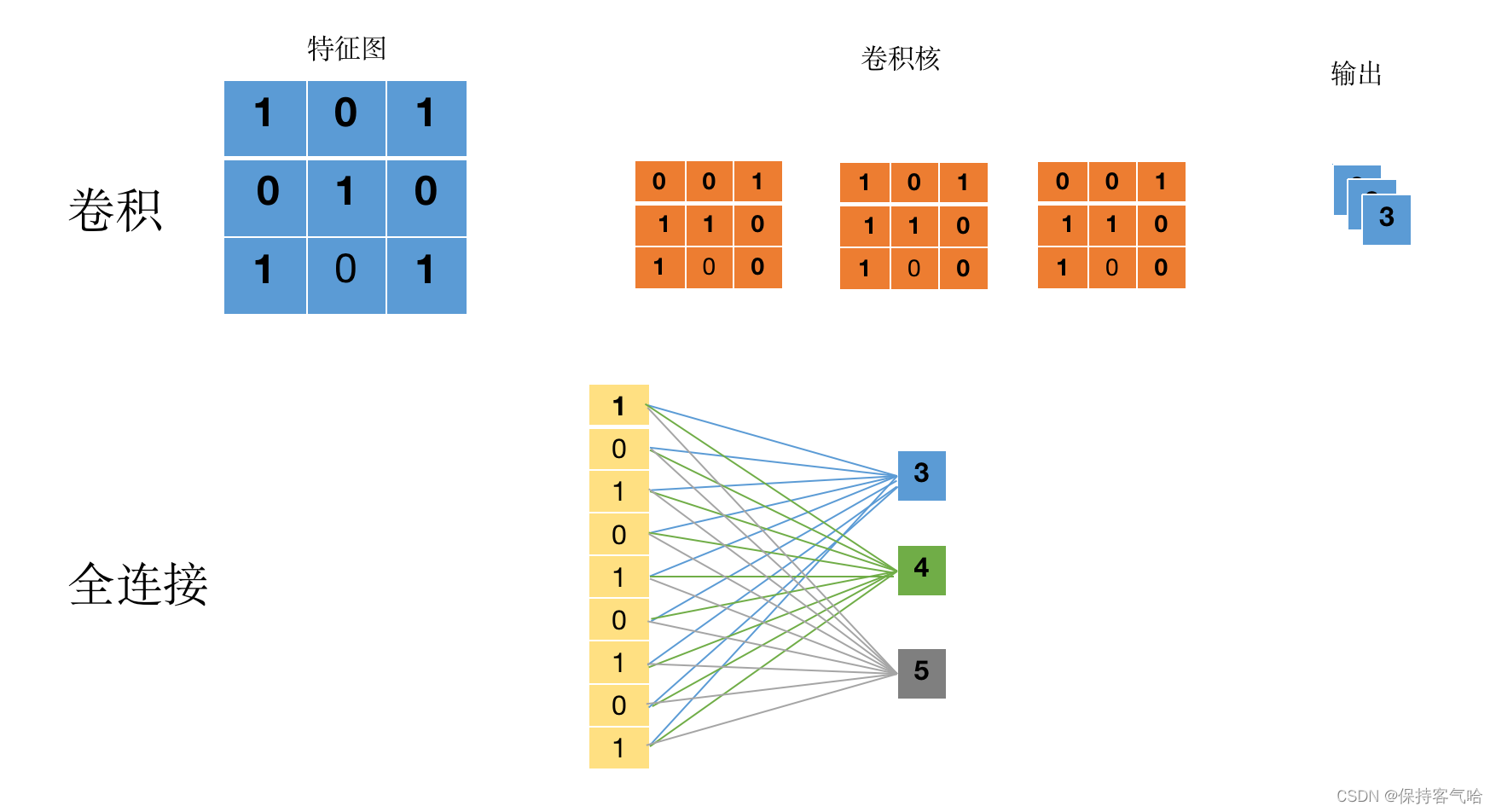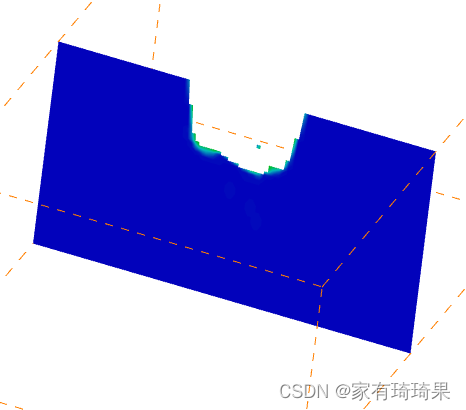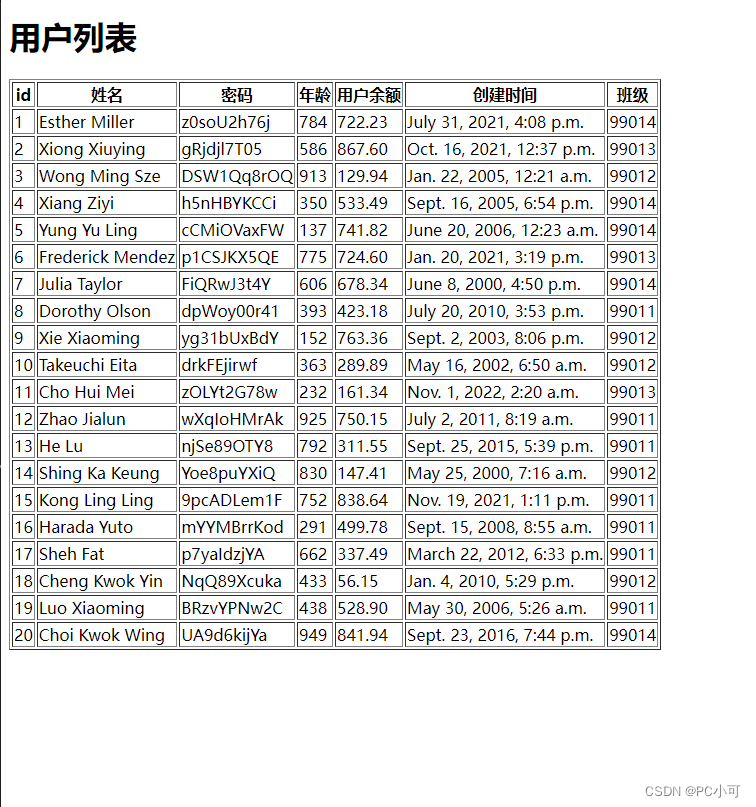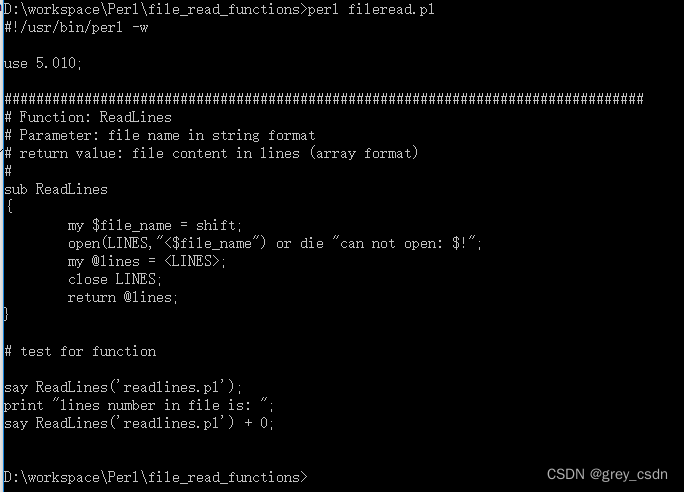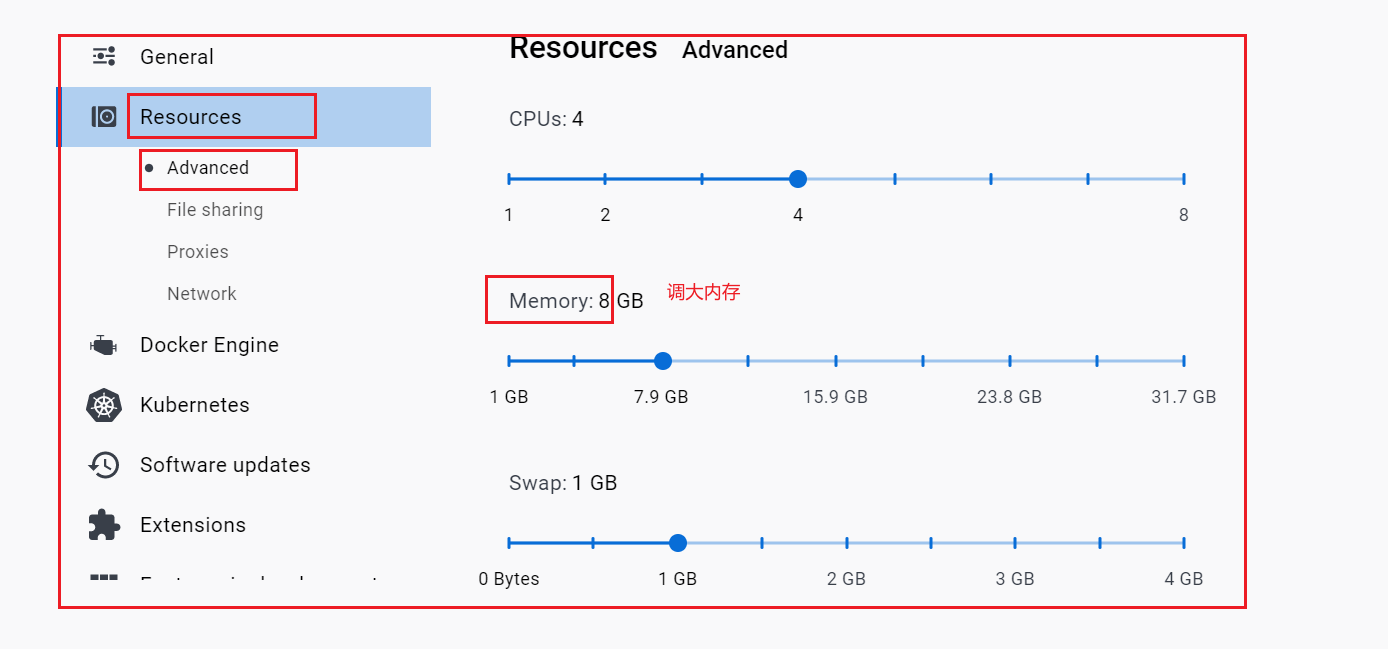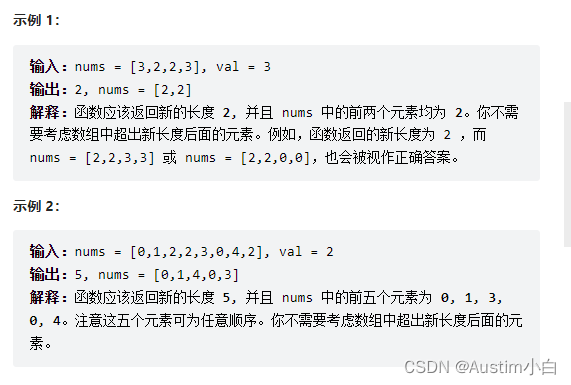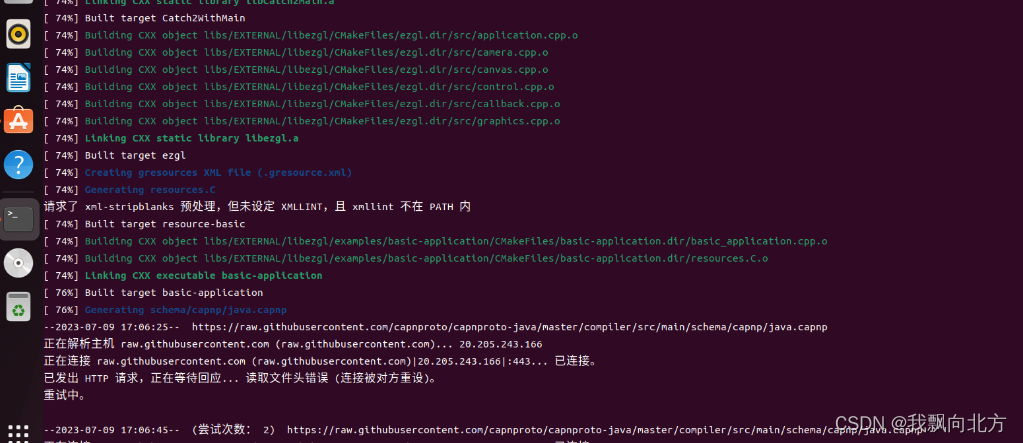文章目录
- 一、Spring手动装配
- 1.使用XML配置文件
- 2.使用Java注解
- 3.使用Java类
- 二、Spring Boot自动装配
- 1.@AutoConfigurationPackage
- 2.@Import(AutoConfigurationImportSelector.class)
一、Spring手动装配
Spring Framework提供了多种手动装配的方式,其中比较常见的有以下几种:
1.使用XML配置文件
在XML配置文件中使用<bean>元素配置需要装配的Bean对象,然后使用ClassPathXmlApplicationContext或者XmlWebApplicationContext启动Spring容器。Spring容器会自动解析XML配置文件,并将其中配置的Bean对象注册为Spring容器中的Bean对象。
示例代码如下:
<beans>
<bean id="myService" class="com.example.service.MyServiceImpl"/>
<bean id="myController" class="com.example.controller.MyController">
<property name="myService" ref="myService"/>
</bean>
</beans>
2.使用Java注解
在Java类中使用@Configuration注解标记一个配置类,然后在该类中使用@Bean注解标记需要装配的Bean对象。然后使用AnnotationConfigApplicationContext启动Spring容器。Spring容器会自动扫描@Configuration注解的类,并将其中使用@Bean注解标记的方法的返回值注册为Spring容器中的Bean对象。
示例代码如下:
@Configuration
public class AppConfig {
@Bean
public MyService myService() {
return new MyServiceImpl();
}
@Bean
public MyController myController() {
MyController controller = new MyController();
controller.setMyService(myService());
return controller;
}
}
3.使用Java类
直接在Java类中创建需要装配的Bean对象,并将其注册到Spring容器中。然后使用AnnotationConfigApplicationContext启动Spring容器。Spring容器会自动扫描Java类中注册的Bean对象,并将其注册为Spring容器中的Bean对象。
示例代码如下:
public class MyConfig {
@Bean
public MyService myService() {
return new MyServiceImpl();
}
@Bean
public MyController myController() {
MyController controller = new MyController();
controller.setMyService(myService());
return controller;
}
}
public class MyApp {
public static void main(String[] args) {
AnnotationConfigApplicationContext context = new AnnotationConfigApplicationContext(MyConfig.class);
MyController controller = context.getBean(MyController.class);
// ...
}
}
需要注意的是,Spring Framework的手动装配方式适用于需要对Bean进行复杂的配置或者需要根据特定条件进行Bean的选择和装配的场景。对于简单的Bean对象,使用自动装配方式更加方便快捷。
二、Spring Boot自动装配
SpringBoot的自动配置完全由 @EnableAutoConfiguration 开启,这一注解是上一篇博客中所介绍的@SpringBootApplication注解中的组成之一。
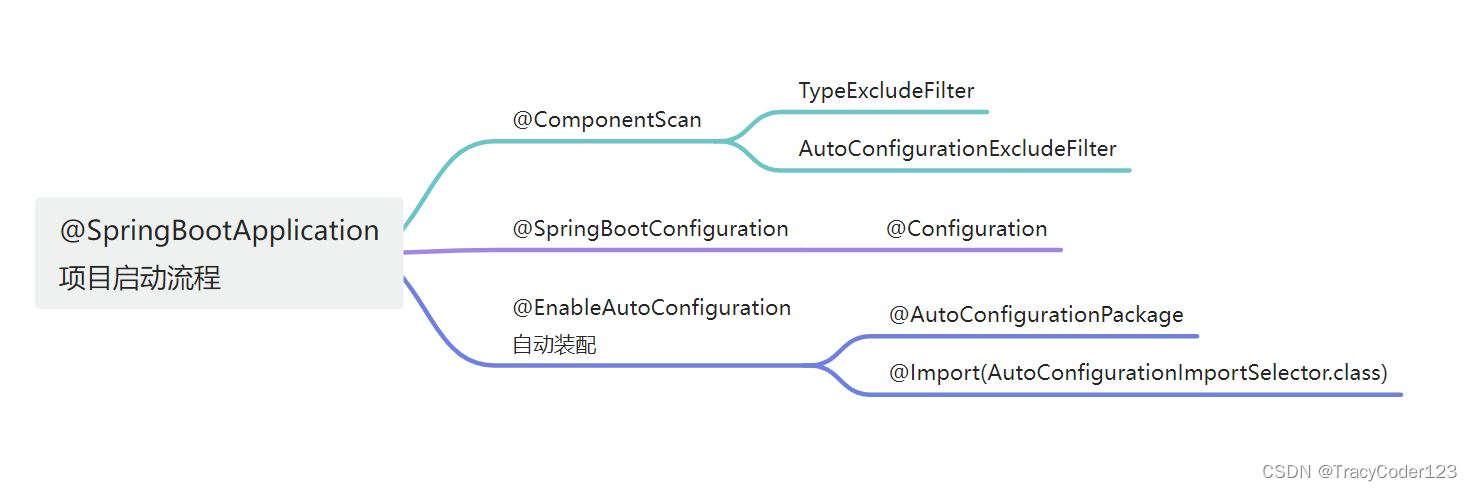
从@EnableAutoConfiguration的定义可以看出,@AutoConfigurationPackage注解是它的组成之一。
@Target(ElementType.TYPE)
@Retention(RetentionPolicy.RUNTIME)
@Documented
@Inherited
@AutoConfigurationPackage
@Import(AutoConfigurationImportSelector.class)
public @interface EnableAutoConfiguration {
/**
* Environment property that can be used to override when auto-configuration is
* enabled.
*/
String ENABLED_OVERRIDE_PROPERTY = "spring.boot.enableautoconfiguration";
/**
* Exclude specific auto-configuration classes such that they will never be applied.
* @return the classes to exclude
*/
Class<?>[] exclude() default {};
/**
* Exclude specific auto-configuration class names such that they will never be
* applied.
* @return the class names to exclude
* @since 1.3.0
*/
String[] excludeName() default {};
}
1.@AutoConfigurationPackage
@AutoConfigurationPackage注解的作用是将当前类所在的包及其子包中的所有类都注册到Spring Boot的自动配置中。这样,Spring Boot就可以扫描到这些类,并根据它们的特性和需求进行自动配置。
2.@Import(AutoConfigurationImportSelector.class)
@Import(AutoConfigurationImportSelector.class)注解的作用是让Spring Boot自动扫描classpath下的META-INF/spring.factories文件,从中获取所有的自动配置类,并将这些自动配置类导入到Spring Boot应用程序中。
spring.factories是一个标准的Java properties文件,它可以在classpath下的任何SpringFramework的jar包中找到。在这个文件中,可以通过键值对的方式指定自动配置类的全限定类名,例如:
org.springframework.boot.autoconfigure.EnableAutoConfiguration=\
org.springframework.boot.autoconfigure.jdbc.DataSourceAutoConfiguration,\
org.springframework.boot.autoconfigure.orm.jpa.HibernateJpaAutoConfiguration
这个键值对指定了两个自动配置类:DataSourceAutoConfiguration和HibernateJpaAutoConfiguration。在Spring Boot启动应用程序时,Spring Boot会自动扫描到这些自动配置类,并根据它们的特性和需求进行自动配置。



